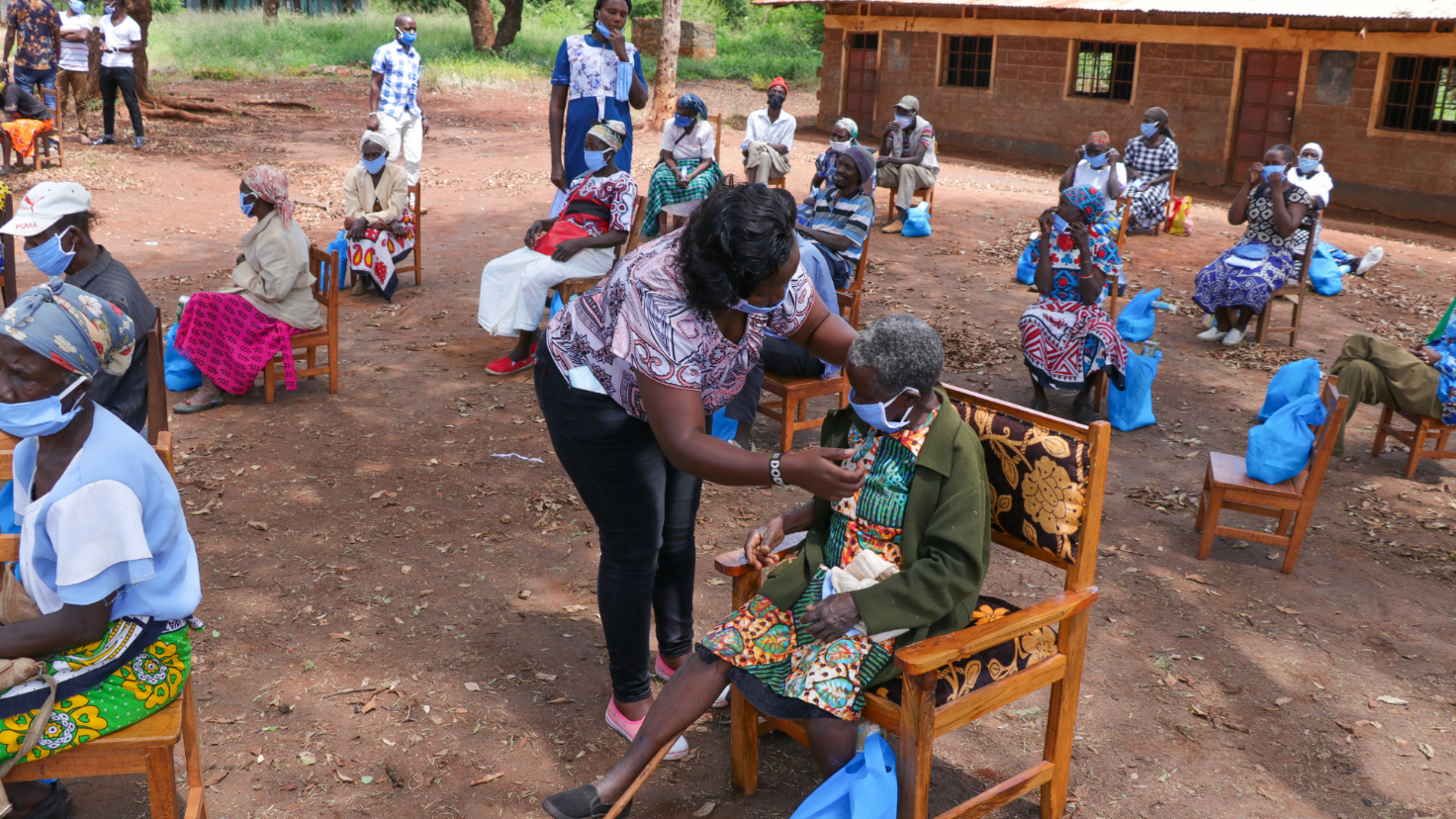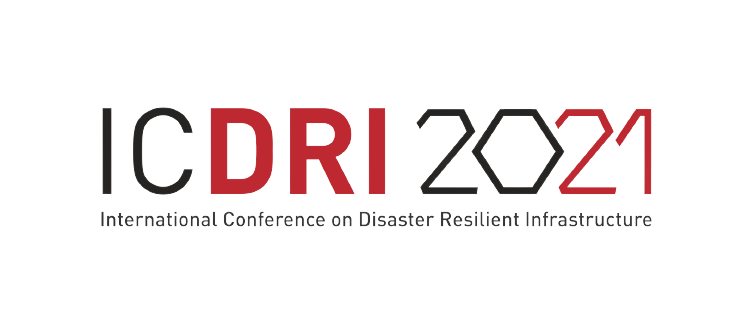‘Health outcomes at their best are numbers but bringing meaning to those numbers is what can create real change’

I am best known for empathetic storytelling and using a camera to bring audiences into worlds they would never have access to otherwise. In 2016, I was determined to tell the story of the perfect maternal health outcomes at Al-Zaatari Refugee Camp in Jordan, told through the eyes of a six-year-old girl as she was about to become a big sister. I pushed for filming permissions, crowdfunded to cover my production costs, and created the award-winning film Six-Year-Old Fears that went to festivals and was broadcast internationally.
The crowning achievement was at the UN General Assembly in 2016 when a short version of the film screened, and the Jordanian government pledged to continue their partnership with UNFPA who fund and run that clinic.
This was just the beginning of the ways in which I would use my filmmaking skills to help advance policy agendas, because it’s true-we as humans need to see it to believe it. Health outcomes at their best are numbers but bringing meaning to those numbers is what can create real change within large systems.
It’s not as simple though as turning on the camera, letting it roll, and putting the footage together. I am sure many of us have sat through videos that struggled to have the impact the creators so desired, they may have done a good job making a visual representation of the numbers at stake, but they lacked the story that created a human connection to those numbers.
And sometimes, the numbers don’t touch the surface of the disasters at hand. In 2019, I was filming in Mozambique with a woman who survived Cyclone Idai. She took me to the new land the government had given her to replace her home that was destroyed, as the other thousands of displaced people in the area had also received. What they had not received though, was any support in the form of a shelter to put on that land. When I raised my drone into the sky to get a scenic shot of the land it was unlike any refugee or other displaced camps I had been in because for the thousands of people there, on my screen I could see maybe a dozen or so tents. I was surprised and shocked, visually the numbers just didn’t add up. Sometimes what is not captured on camera is just as impactful as what is.
It’s no secret people need to see something to believe it, but that is proving to not be enough with fake news, misinformation, and over saturation of information in general. Anyone can believe something once they have seen it, but what will a person act is how they see it - not just an ambush of information and images but as a story that will inspire anyone to take action anywhere in thew world because the most powerful thing about a good visual story is its ability to cross borders and resonate with everyone from the general public to the policymakers.
Lauren Anders Brown is a Documentary Director
The views and opinions expressed in this blog are those of the author and do not necessarily reflect those of the Coalition for Disaster Resilient Infrastructure (CDRI).
